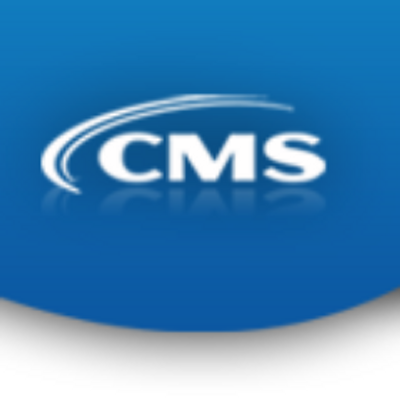CMS Tackles Value-Based Purchasing Pilot Program Questions
"The goal is that no matter where the care is delivered, it is supported by a payment system that rewards providers who deliver the highest quality outcomes."

- Competition across the nation for value-based payment incentives is underway with the start of a new year.

Nine states, each representing a different geographic region, have implemented the home health value based purchasing pilot program (HHVBP) as of last Friday, January 1.
The Centers for Medicare & Medicaid Services (CMS) confirmed in a press release last July that all Medicare-certified home health agencies delivering services in Arizona, Florida, Iowa, Maryland, Massachusetts, Nebraska, North Carolina, Tennessee, and Washington will essentially battle against each other to receive higher Medicare payments tied to amped up quality performance levels.
This week, CMS released a series of updated guidelines to help answer questions on topics including registration, provider number inquiries, webinar information, an explanation of how states were selected, and how to approach the process if you are not a participating state.
This model, authorized via the Affordable Care Act, will evaluate whether incentives for better care can indeed help advance outcomes for home health services.
Various quality measures will be assessed to generate a total HHVBP performance score. An agency receives a measure score if the measure is tied to at least 20 home health episodes of care, says CMS. Payment adjustments will occur when scores are generated for at least 5 measures.
5 highlights of CMS’s HHVBP FAQs
- The OASIS-based measures are calculated using assessments from the OASIS assessments from Medicare FFS, Medicare Advantage, Medicaid FFS, and Medicaid Managed care. However, the measures are risk adjusted to include risk factor elements like the payer for the episode (Medicare/ Medicaid / Managed Care) as well as other risk factors selected using a rigorous, multi-step process that includes clinical review of the scientifically identified risk factors.
- OASIS measures are risk adjusted at the national level. The risk adjustment methodology compensates for differences in the patient population served by different home health agencies, using a predictive model developed specifically for each measure.
- For the majority of the measures, the data utilized is based on information already being reported by HHAs through OASIS. There are also two measures that are claims-based, five measures from HHCAHPS, and three New Measures to be reported by HHAs via the HHVBP Secure Portal. For the New Measures, HHAs will submit data on a quarterly basis beginning October 2016.
- Risk adjustment elements are the same as what is currently reported on Home Health Compare for those measures that are currently being reported and are based on the OASIS data that are provided to CMS by the HHAs themselves. Technical specifications of calculated measures that are not currently on the CMS website will be provided in early 2016.
- Not all measures selected for the HHVBP Model are currently publicly reported on Home Health Compare, and any additional public reporting of home health measures for this Model will be addressed in future rulemaking. Information about the measures utilized in the first year of the HHVBP Model, including the measure specifications for the coordination of care and prior functioning measures will be presented during a webinar tentatively scheduled for January 2016.
CMS says HHVBP leverages past successes and promotes quality care
 CMS asserted last summer that HHVBP “leverages the successes of and lessons learned from other value-based purchasing programs and demonstrations – including the Hospital Value-Based Purchasing Program and the Home Health Pay-for-Performance and Nursing Home Value-Based Purchasing Demonstrations.”
CMS asserted last summer that HHVBP “leverages the successes of and lessons learned from other value-based purchasing programs and demonstrations – including the Hospital Value-Based Purchasing Program and the Home Health Pay-for-Performance and Nursing Home Value-Based Purchasing Demonstrations.”
CMS explained the following regarding future payment adjustments:
[These HHAs] will have their payments adjusted by a maximum payment adjustment of 3-percent (upward or downward) in 2018, a maximum payment adjustment of 5-percent (upward or downward) in 2019, a maximum payment adjustment of 6-percent (upward or downward) in 2020, a maximum payment adjustment of 7-percent (upward or downward) in 2021, and a maximum payment adjustment of 8-percent (upward or downward) in 2022.
“People want to be taken care of in their homes and communities whenever possible, and CMS aims to make sure that care in the home is supported by a value-based care delivery model that is consistent with the rest of the system. The goal is that no matter where the care is delivered, it is supported by a payment system that rewards providers who deliver the highest quality outcomes,” said Andy Slavitt, Acting CMS Administrator.
CMS claims HHVBP may actively promote quality care among Medicare-certified HHAs. Around 3.5 million beneficiaries received home health services across nearly 12,000 HHAs last year at a cost of nearly $18 billion.
